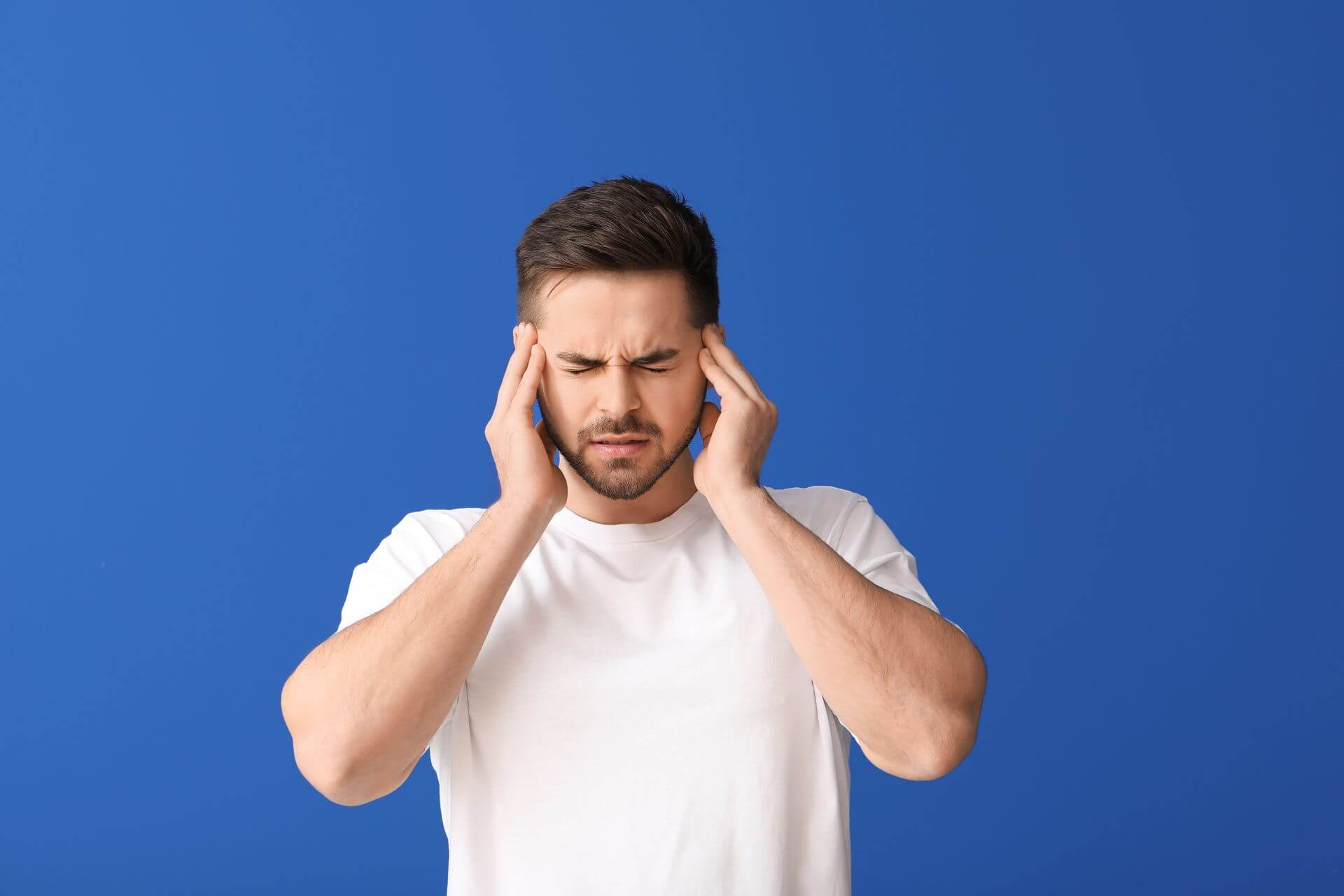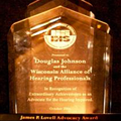The majority of us don’t really think about the sounds we hear daily. Modern life is filled with sounds, whether it’s the thundering bass at a concert, the buzz of traffic, music in our earbuds, or conversation at a café. However, the same sounds, particularly the stronger ones, may be doing more than we think. They might be changing our perception of the world forever. This is the reality of noise-induced hearing loss, a condition that affects millions of people without them realizing it until it’s too late.
Table of Contents
How the Ear Processes Sound?
Noise-induced hearing loss, or NIHL for short, occurs when exposure to loud noise damages the sensitive inner ear components. The alterations brought on by NIHL are usually irreversible, in contrast to other medical disorders that could be transient or curable. Examining the human ear’s amazing structure, how it processes sound, and what happens when sound levels become excessive will help us understand why this occurs.
The cochlea, a coiled structure inside the ear, is coated with thousands of microscopic hair cells. These cells are small sensory receptors that convert vibrations into electrical impulses rather than hair in the traditional sense. After passing through the ear canal and causing the eardrum to vibrate, sound waves travel through a series of tiny bones before entering the cochlear fluid. The hair cells there respond by bending and swaying, sending messages to the brain through the auditory nerve. Every sound you have ever heard, including songs, whispered secrets, and laughter, has depended on this meticulously regulated process.
Why Loud Sounds Cause Permanent Damage?
The weakness of hair cells is their brittleness. Although they are made to withstand typical sound levels, too high or prolonged noise can strain them to the point of failure. A blade of grass will bounce back when gently bent in the wind, however, it will flatten and eventually die if you step on it too often. That is basically what occurs when huge volumes are repeatedly exposed inside the cochlea. The brain permanently loses access to that part of the sound spectrum once those hair cells are damaged because they cannot be replaced.
The fact that noise-induced hearing loss frequently occurs gradually is one of its challenging features. After a night at a club or a loud event, you can have tinnitus, which is a ringing feeling in your ears or muffled hearing. After a day or two, these symptoms could go away, giving many patients the impression that their ears are completely healed. In actuality, a minor underlying injury is concealed by the short-term healing. The cumulative effect increases with each further exposure until the harm is irreversible. By the time people recognize that they are struggling to follow conversations or need to turn up the volume on the TV, the harm has often been done.
Understanding Tinnitus as a Work-Related Injury: What Workers Need to Know
Noise-Induced Hearing Loss: Dangerous Sound Levels and Decibels
What precisely is “too loud,” then?
Decibels (dB) are the units used by scientists to measure sound intensity. While city traffic can reach 85 dB, normal conversation is about 60 dB. For prolonged exposure, the threshold for possible hearing impairment is often set at 85 dB. More people than most think have daily experiences that surpass this threshold.
Power tools, sporting events, concerts, and even loud music played on headphones can all produce noise levels that are easily higher than 100 dB. The safe exposure duration at such a level is only minutes, not hours, before the risk of injury rises.
Noise-Induced Hearing Loss: Prevention and Everyday Protection
Understanding science is one part of the story, but the human experience is as vital. Noise-induced hearing loss impacts not just hearing capacity, but also communication, relationships, and quality of life. People with hearing impairments frequently express emotions of isolation and frustration. They may retreat from social situations, overlook critical knowledge at work, or find it difficult to enjoy previously enjoyed hobbies. The emotional toll can be severe, and studies have connected untreated hearing loss to an increased risk of cognitive decline. In this sense, noise’s influence extends well beyond the hearing, affecting almost every area of everyday life.
Even though noise-induced hearing loss is a serious problem, it may be mostly avoided. Simple lifestyle decisions can have a big impact. Hearing can be preserved for decades by turning down the volume on personal electronics, avoiding noisy places, and using earplugs or other hearing protection while in noisy areas.
For example, earplugs made specifically for musicians are a popular option for concerts since they evenly lower sound across frequencies without compromising the quality of the song. The secret is awareness and realizing that noises we take for granted or like might nonetheless have long-term effects.
Advancements in Research and Technology in NIHIL Treatment
There is also significant interest in innovative technology and medical research to alleviate hearing loss. Scientists are researching techniques to restore hair cells in the cochlea using gene therapy and stem cell technologies, however, these therapies are still in the experimental stage. Hearing aids and cochlear implants have transformed many people’s lives, yet prevention is still far more successful than intervention. When natural hearing is lost, even the greatest technology cannot entirely reproduce the richness and complexity of sound that the human ear originally provided.
Noise-induced hearing loss should not be considered a natural part of life, but rather as a risk that we can minimize. Taking precautions to protect our ears is a sort of self-care that pays off in the long run, similar to protecting our skin from the sun or wearing a seatbelt in a car. The issue is that sound is both unseen and intangible. We can’t see the damage to the cochlea, and we don’t feel it right away. That makes education even more crucial. Understanding how hearing works, why loud noise is hazardous, and how to act responsibly gives us the best chance of continuing to enjoy life’s soundtrack for the foreseeable future.
Sources
Contact Us
If you, or anyone you know, worked in noise and suffers from hearing loss, please do not hesitate to contact us.
Contact Us


